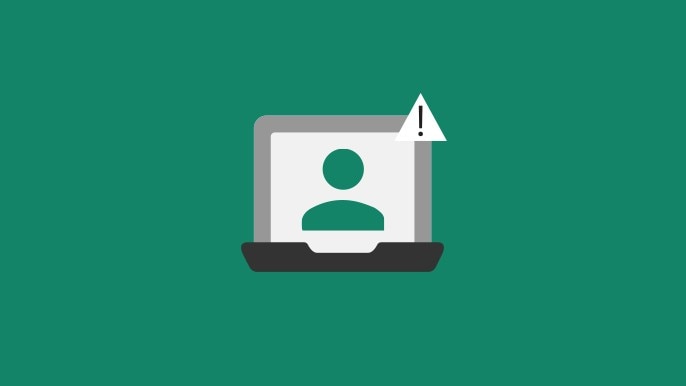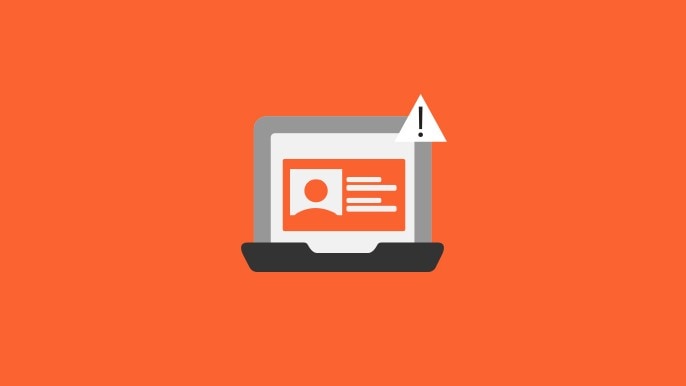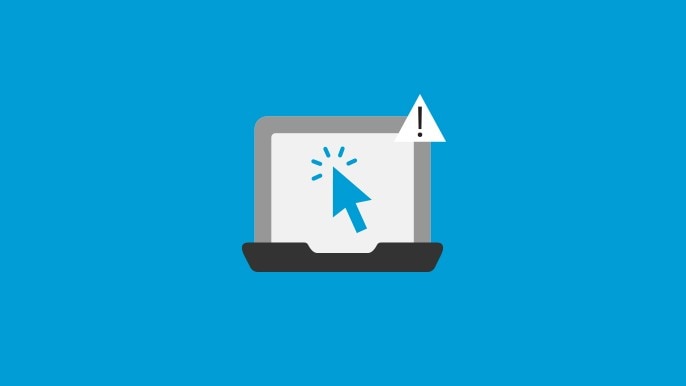Don't feed the Phish.
Phishing Scams.
"Phishing" is a type of identity theft where criminals use email, text messages or phone calls to try to bait you into providing personal or sensitive information such as your PIN, passwords, credit or debit card numbers, verification codes or National Identification or Driver's Permit Number. This information can be used for stealing your money and/or identity.
Phishing scams use language that creates a sense of urgency in order to get you to react quickly without thinking.
Never respond to emails or text messages, open attachments, or click on suspicious links that appear to be sent by reputable institutions or unknown senders asking for personal or financial information.
Protect yourself from phishing scams.

Do you recognize the sender?
Be suspicious of any email that asks you to confirm, validate, verify, or refresh your PIN, account credentials, account information, credit or debit card numbers, your email address, home address, Driver's Permit or National Identification card number, Mother's Maiden Name, Date of Birth, your place of work or other personal identifiable and/or financial information.
Do they claim to be from an official organization?
Some emails or text messages look authentic, featuring corporate logos and layouts like the ones used by institutions for legitimate communication. Because these emails may appear official, unsuspecting recipients may reply to them, resulting in financial losses, identity theft and other fraudulent activity. Be suspicious of all unsolicited or unexpected emails you receive.


Can you spot grammatical errors?
If an email looks suspicious take the time to check the details. Scammers will create fraudulent names which mimic a legitimate existing organization often with grammatical errors.
Are you rushed to click on a link?
You should never respond to or action an email or text message that requires you to enter your personal information directly into the email, by replying to the sender or to click on a link to submit your personal or financial information online. Slow down and give yourself time to pay attention to the details.
Fraudsters may also claim that your account has been compromised or that there has been fraudulent activity on your account and request that you enter, validate, or verify your account information.
- They threaten consequences like closing or suspending your account if you do not provide or verify personal information.
- Fraudsters may also claim that your account has been compromised or that there has been fraudulent activity on your account and request that you enter, validate, or verify your account information.
- They may also state that there are unauthorized charges on your account and request your account information or they may claim that the Bank has lost important security information and need you to update your personal information online.


Stay alert. Don't feed the phish.
- Check website URLs (website address).
- Attackers rely on shortened links, redirects, and fake email addresses that mimic those of a legitimate organization. Before clicking a link, check its destination by hovering over it with your cursor.
- Delete suspicious emails or messages.
- Call the sender or the organization to verify the information you receive.
- Stay current. Read and follow Safe Computing Practices on a regular basis.
If you have received a fraudulent email or message, please forward it to phishing@scotiabank.com. Please do not remove the original subject line or change the email in any way when you forward it to us. If you have entered personal information after clicking on a link or suspect fraudulent behaviour, please contact us immediately.

